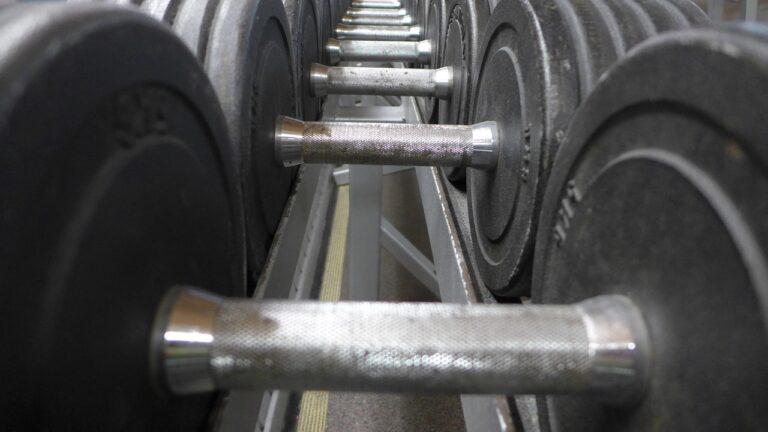The Emergence of 3D Printing in Medical Applications
3D printing, also known as additive manufacturing, is a groundbreaking technology that has revolutionized various industries, including healthcare. The ability to create three-dimensional objects layer by layer has opened up new possibilities in the medical field, allowing for customized solutions and improved patient outcomes. In this article, we will explore the emergence of 3D printing in medical applications, its benefits, challenges, and future prospects.
History of 3D Printing in Medicine
The use of 3D printing in medicine dates back to the early 2000s when researchers and medical professionals started experimenting with the technology to create anatomical models for surgical planning and training. Since then, the applications of 3D printing in healthcare have expanded significantly, ranging from custom implants and prosthetics to drug delivery systems and tissue engineering.
Benefits of 3D Printing in Medical Applications
One of the key advantages of 3D printing in medicine is the ability to create personalized and complex designs that are tailored to individual patients. This level of customization can lead to better treatment outcomes, reduced surgical time, and improved patient satisfaction. Additionally, 3D printing enables medical professionals to visualize complex anatomical structures in a tangible form, improving preoperative planning and intraoperative decision-making.
Challenges and Limitations
Despite its numerous benefits, 3D printing in medical applications also faces several challenges and limitations. These include regulatory hurdles, limited access to advanced 3D printing technologies, high costs, and concerns about the long-term stability and safety of 3D-printed medical devices. Addressing these challenges will be crucial for the widespread adoption of 3D printing in healthcare.
Current Applications of 3D Printing in Medicine
3D printing has been successfully used in a wide range of medical applications, including:
- Custom implants and prosthetics
- Surgical guides and tools
- Medical models for education and training
- Drug delivery systems
- Tissue engineering and regenerative medicine
Each of these applications has the potential to revolutionize patient care by offering personalized solutions that are more effective and efficient than traditional methods.
Future Prospects and Emerging Trends
The future of 3D printing in medical applications looks promising, with ongoing research and development efforts focused on improving the technology and expanding its capabilities. Some of the emerging trends in this field include:
- Bioprinting of living tissues and organs
- Development of bioresorbable implants
- Integration of 3D printing with advanced imaging techniques
- Remote printing and on-demand manufacturing
These trends are expected to drive further innovation in healthcare and lead to the development of novel medical devices and treatments.
FAQs
Q: What are the main advantages of 3D printing in medical applications?
A: Some of the main advantages of 3D printing in medicine include personalized and complex designs, improved treatment outcomes, reduced surgical time, and better visualization of anatomical structures.
Q: What are the key challenges facing 3D printing in healthcare?
A: The main challenges and limitations of 3D printing in medical applications include regulatory hurdles, limited access to advanced technologies, high costs, and concerns about the long-term stability and safety of 3D-printed devices.
Q: What are some emerging trends in 3D printing in medicine?
A: Some of the emerging trends in 3D printing in healthcare include bioprinting of living tissues and organs, development of bioresorbable implants, integration with advanced imaging techniques, and on-demand manufacturing.
Overall, 3D printing is poised to play a significant role in shaping the future of healthcare, offering innovative solutions that have the potential to transform patient care and improve quality of life.







